
Prologue
With the DIFO season coming to a close and POTE just on the horizon, many players are getting ready to swap out their old decks for some shiny new toys. But before we enter a meta where Splight and Tearalament awaits, we still have 1 more big event this season. With the North America Championships coming up this weekend and Europe's only a few weeks behind, it's time to get ready and face the meta one more time.
The Top Meta Contenders
P.U.N.K. Variants
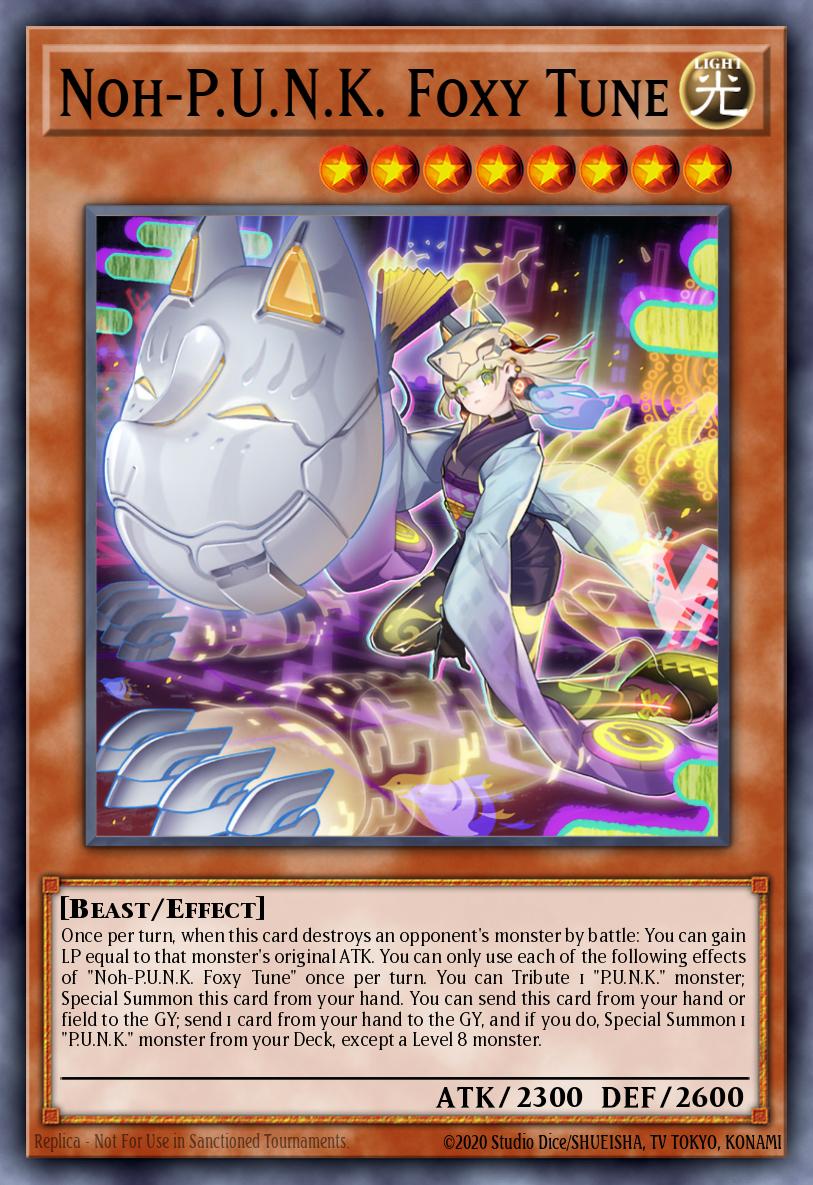
P.U.N.K. Adventurer is perhaps the most popular Combo deck of the season. The deck's main asset is its ability to start a play from almost any 2 cards and then quickly build a board. While you'd ideally want to open with Rite of Aramesir + an extender with access to a Tuner, there are many ways to achieve the full combo. This makes the deck difficult to combat as they play a lot one card starters and hand traps.
While almost all P.U.N.K. variants end on some type of Artifact Scythe play with some disruption(s), they also have other tools in their arsenal. For example, Shooting Riser Dragon is a strong utility card that can be brought out using Crystron Halqifibrax. This provides a utility effect that can mill powerful disruptions such as Token Collector and Fairy Tail - Snow. This means you'll have an additional form of interaction in specific matchups or in situations where you can access it naturally.
The deck also employs the use of the Adventurer package to great effect. Rite of Aramesir is a very powerful card that has almost no conflicts with the deck. This lets the deck consistently achieve its full combo unless the opponent has multiple hand traps. The Adventurer package also allows the deck to utilize other engines efficiently such as the Magicians' Souls package. This gives the deck not only another extender but also a way to dig for free.
The P.U.N.K. Adventurer deck can also facilitate a variety of different engines. While the "Pure" variant with Adventurers may be the most popular, there are also other ways to play the deck. For example, the Therion and Eldlich variants of the deck both had strong performances; taking 1st place at the Switzerland and German National Qualifiers respectively.
Tenyi Swordsoul
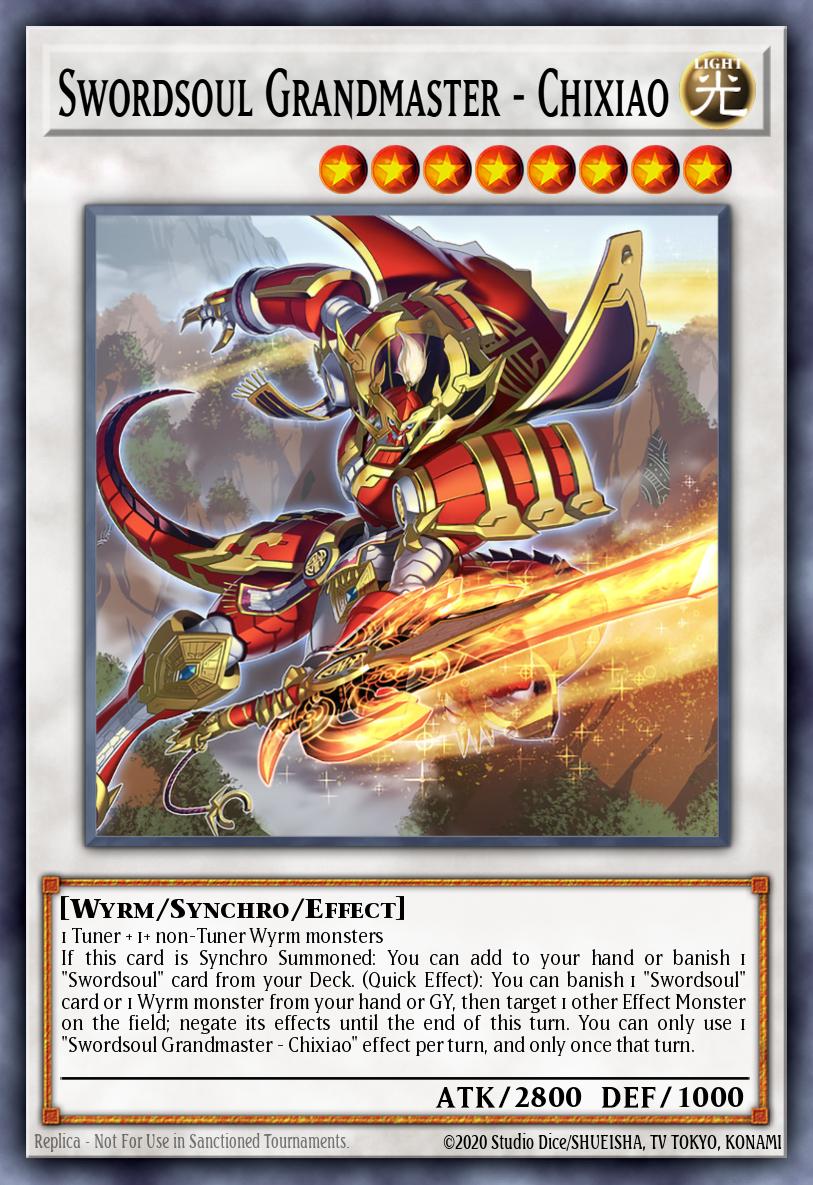
Tenyi Swordsoul is a deck that's starting to feel like how Sky Strikers felt in Late-2018. It's consistent, you see it everywhere, and people always have to prep for it. While their playstyles differ pretty heavily, their positions in the format were quite similar.
Tenyi Swordsoul is a midrange deck that uses a few cards to build a simple but effective board. The combo generally starts with Swordsoul of Mo Ye and only requires 1 other Wyrm monster to end on a Level 8 & 10 Synchro. This combo can also search Swordsoul Blackout and is usually backed by other disruptions making it difficult to play through.
The deck is also great at playing through sub-optimal boards due to their various pushing tools. The Tenyi engine excels here as it can bait out multiple disruptions without needing to commit your normal summon. Afterwards, if the deck can ever play one of their Synchros successfully, it's usually bad news for the opponent. With an arsenal of powerful Synchros available, there's a card that matches almost every situation. For example; board breakers such as Yazi and Baxia are great for picking apart your opponent's defenses while continuing your play.
It's also important to take into account the heavy amounts of burn damage the deck can inflict. While burn damage can be easy to overlook, multiple hits of 1200 definitely matter and can affect the course of play. Swordsoul isn't the best deck when it comes to grinding long games and you generally want to kill on turn 2 or 3. Thankfully, the burn damage makes this rather easy as it's not uncommon to inflict 3600 points of damage before you even attack.
Branded Despia
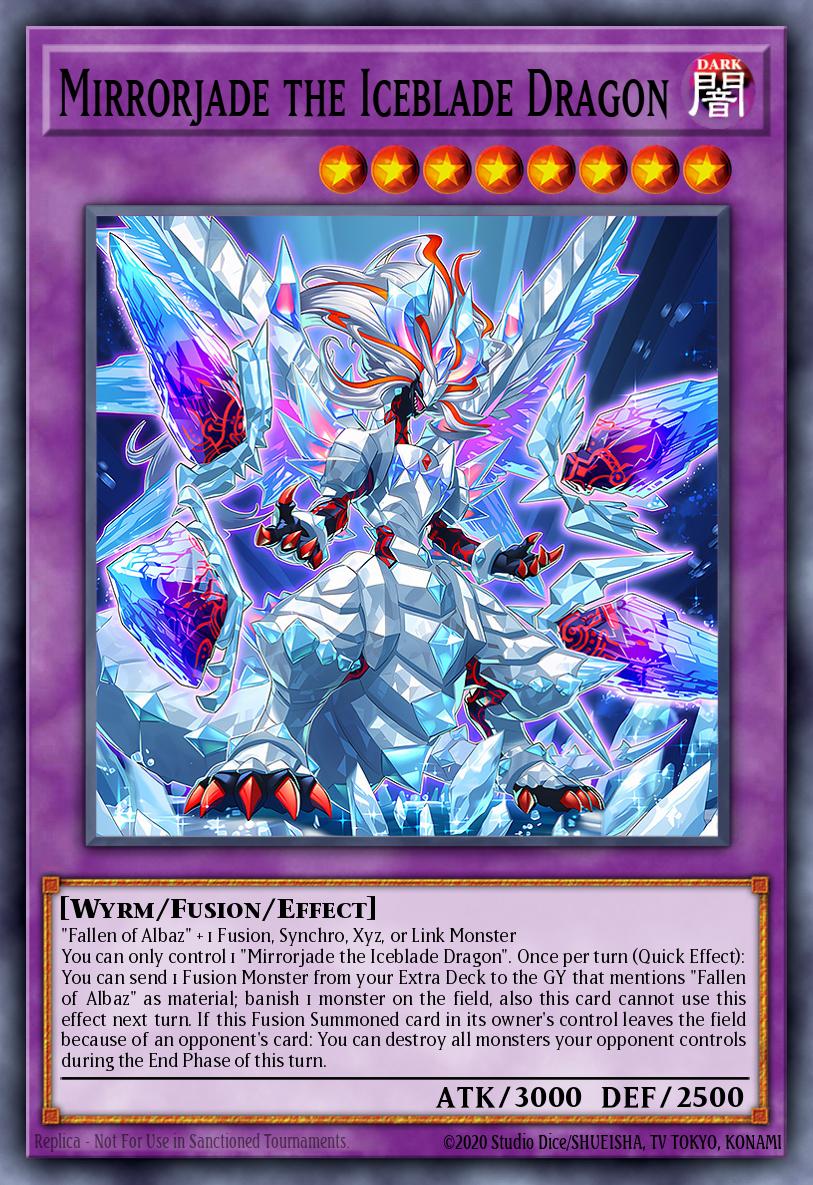
Ever since its debut with the release of the Albaz Structure Deck, Branded Despia has been one of the most popular decks of the format. With the deck always performing well; seen in Top Cuts everywhere. Branded Despia is definitely a deck to prepare for.
Branded Despia as a deck is pretty simple. Fusion Summon to gain board pressure and advantage, then control the board with your big Fusions. This is usually done through the use of Mirrorjade and summoning Guardian Chimera on the opponent's turn. Masquerade can also be useful as it can prevent your opponent from activating effects if they're low on life. This can make it difficult for the opponent to play as it'll force them to make un-optimal plays which the deck can easily deal with.
The most common variant of Branded Despia is the "all gas" build that became very popular earlier in the format. This build plays practically no hand traps and instead uses Turbo cards like Allure of Darkness instead. While this seems and can be quite dangerous, it is pretty consistent and can play through many boards effectively. It also helps that this variant has the space to play powerful board breaking cards such as Forbidden Droplet, Super Polymerization, and even Mystic Mine. Another common idea in this build is to even Side Deck hand traps along with Crossout Designator to use favorably in games 2 or 3.
Some other Worthy Adversaries
Floowandereeze
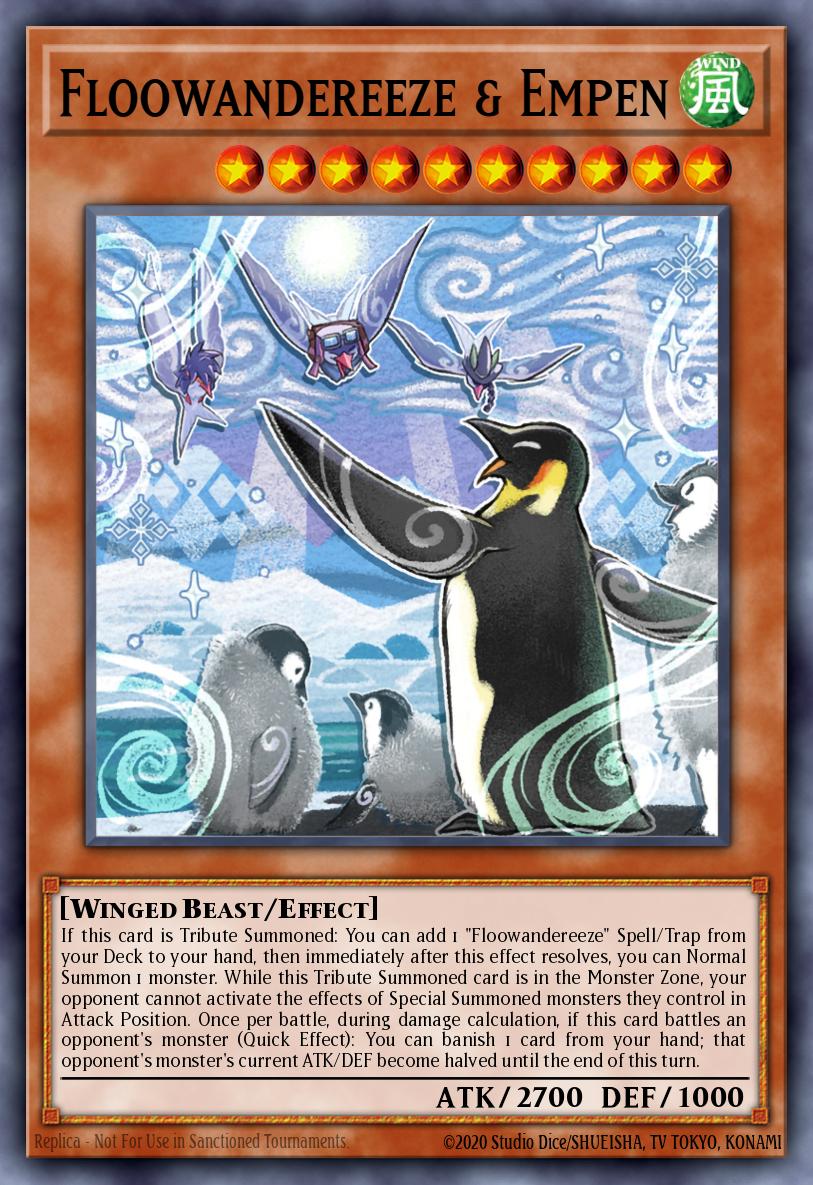
Floowandereeze is a deck that came out along with Swordsoul in BODE. While it was never as popular as Swordsoul, it still constantly puts up impressive results and even won the National Qualifier in Italy.
Floowandereeze is a deck that combines a linear engine with individual cards that decimate the rest of the meta. The game plan is simple; setup the field with your birds, and then control the pace of the game from there. Since there are many ways to see one of your starters, the deck is also pretty consistent. This leads the deck to having a lot of 1-2 card combos that end with Empen and a way to get to another disruption.
Aside from the main engine, another reason for Floowandereeze's success comes from their non-searchable power cards. Cards like Dimension Shifter and Harpie's Feather Storm are both huge blowout tools which the deck can play 3 of. It also helps that these cards have very few counter-play options; making most meta decks forced to sit around and wait until their effects finish off.
Additionally, the deck can also play some decent options for going 2nd in the Main Deck. For example, the Italy National Qualifier champion Main Decks both Dark Ruler no More and Mystic Mine. This lets him break apart boards when he has to or stall the game until he can.
Dragon Link
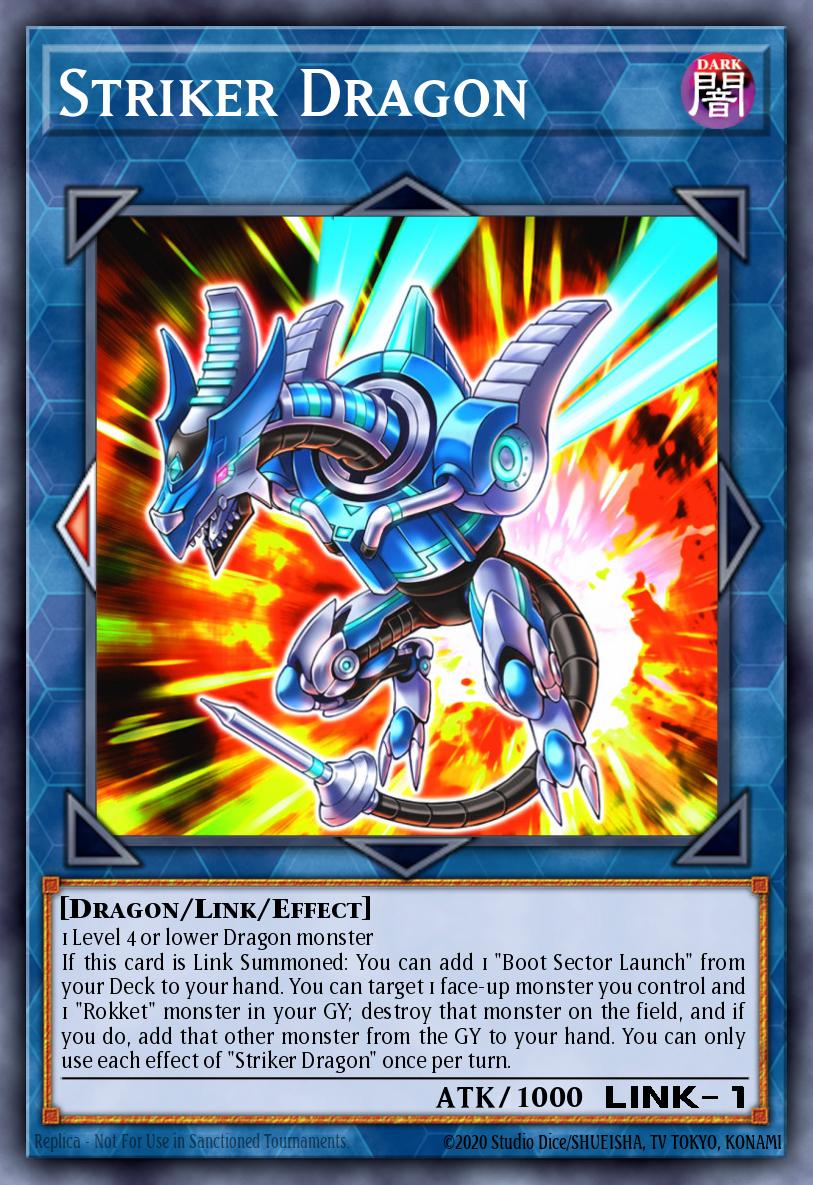
Dragon Link is another combo deck that has been around for a while now. Like every other combo deck, the deck's plan involves summoning a bunch of monsters and building a board. The typical turn 1 end board consists of multiple disruptions with can include Hieratic Seal of the Heavenly Spheres, Borreload Savage Dragon and Borrelend Dragon.
Dragon Link is a strong deck because it feels like it can keep on playing no matter how many things you throw at it. This is due to the deck being able to play a lot of extenders and cards that replace themselves. For example, cards such as Collapserpent, Wyverburster, and Noctovision Dragon are just some of the cards that do this. The deck can also set up unique forms of disruption such as Heavenly Spheres, Dragonmaid Tidying and Borrelend. This can be difficult for some decks to deal with due to them not being typical omni-negates.
While the "Pure" version of Dragon Link is the most popular, similarly to P.U.N.K., this deck can also facilitate other engines. For example, the Adventurer package fits quite well into this deck for the same reasons it does in P.U.N.K.. It's also not uncommon to see the 60-card variant of the deck as well.
Drytron Variants
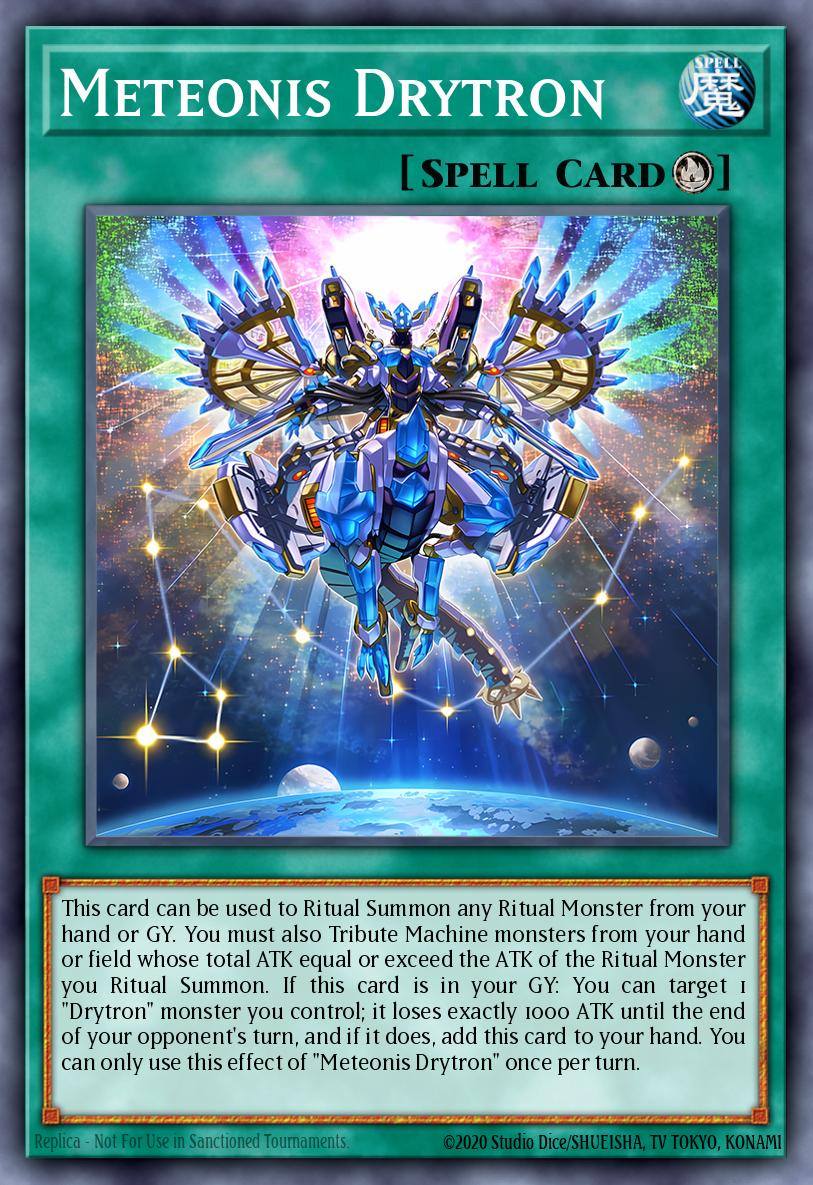
Drytron is a deck that has had a recent resurgence back into the meta. While the deck still plays pretty much the same way, they usually no longer employ Herald of Perfection and instead opt to build a board to summon and protect Vanity's Ruler.
While Drytron isn't a deck that most people prepare for, it's something that you should definitely have in the back of your head. Despite not being the powerhouse it once was, Drytron is still a dangerous deck. It's also pretty consistent as their combo can start from most combinations of 2 cards. The deck is also pretty good at building a board quickly due to the nature of the Drytron engine. Previously, players would Side Deck Cycle Reader to prevent the development of the Drytron board. However, with Drytron being far less popular now, D.D. Crow is now the more common alternative. And while D.D. Crow is effective against Drytron, it may sometimes not be enough to stop them from achieving their full combo.
The Fairy package that includes Herald of Orange Light and Artifact Lancea are also pretty good as they're searchable hand traps. This is assisted by the fact that Cyber Angel Benten is at 2, letting you see it without having to search it more often. Lancea is especially strong as an underrated hand trap this format. Since every deck usually needs to banish in one way or another, at the very least, Lancea helps slow down the opponent by a turn.
Conclusion
Whether you're going to seriously compete or just have fun, Yu-Gi-Oh Championships is the place to be. Without a World Championship this year and subsequently no NAWCQ, this will be THE tournament to show what you've culminated in the past few years. With this being said, as arguably the most prestigious premiere tournament of the past 2 years, be ready to face some strong decks paired with some strong opponents. As everyone will be gunning for the title of this year's NA Yu-Gi-Oh Champion, there's no better time to brush up on the meta and get ready to duel!



